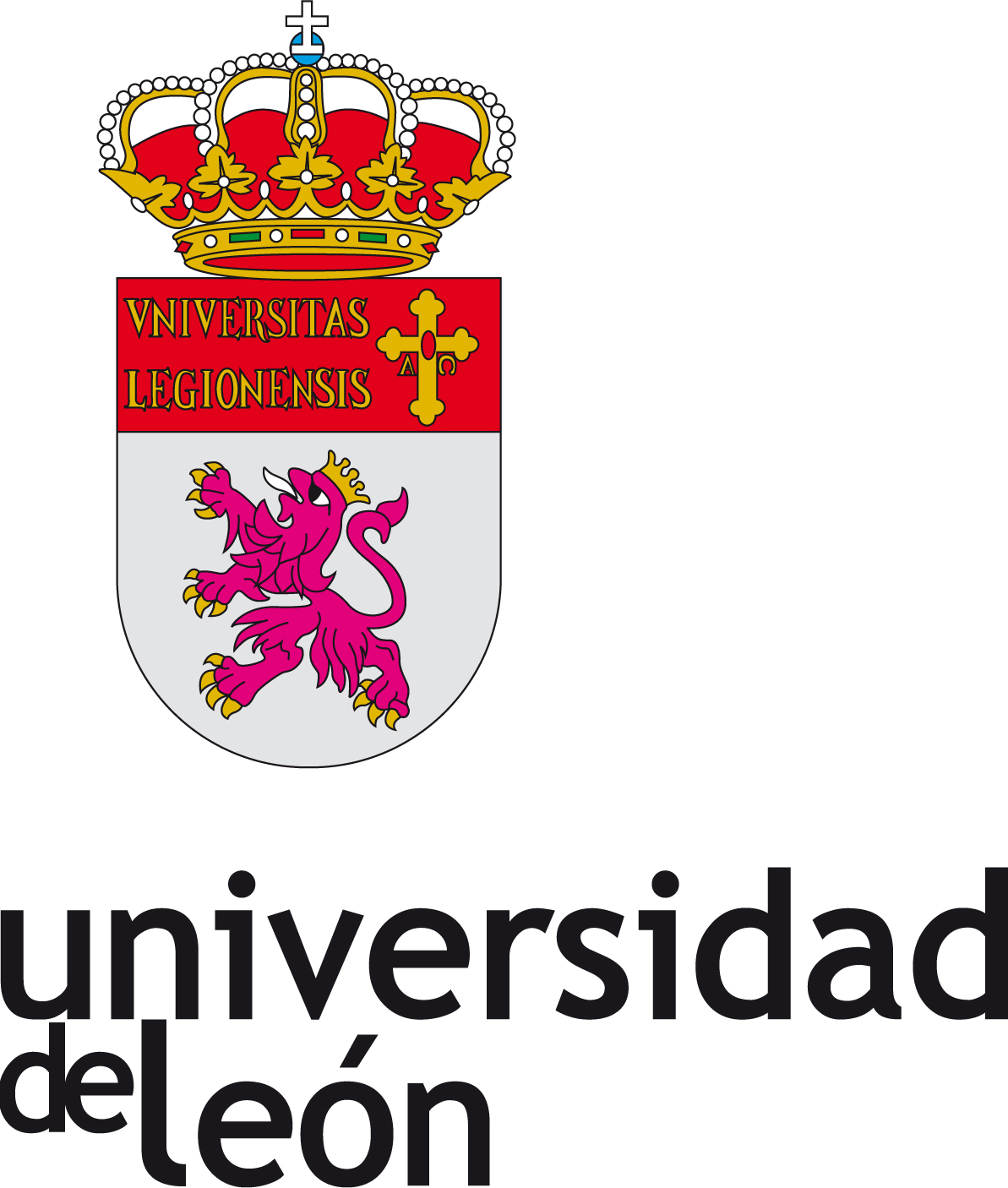Compartir
Título
Modeling Pinus pinaster forest structure after a large wildfire using remote sensing data at high spatial resolution
Autor
Facultad/Centro
Área de conocimiento
Cita Bibliográfica
Forest Ecology and Management, 2019, vol. 446
Editorial
Elsevier
Fecha
2019-08-15
Resumen
In the Mediterranean Basin, wildland fires are major drivers of forest ecosystem dynamics. In the current context of global change, these fires are becoming more severe and recurrent because of climatic conditions, land use changes and invasive species. In areas affected by mega-fires (burned area > 10,000 ha), the patterns of regeneration may be heterogeneous due to local variations in fire regime, community composition and environmental features. The goal of this study was to analyze the post-fire structure of both Pinus pinaster Aiton. seedlings population and understory community in a Mediterranean fire-prone ecosystem at short-term by means of high spatial resolution satellite imagery within the perimeter of a full stand replacing mega-fire that burned around 12,000 ha of a Pinus pinaster forest in NW Spain. We established 234 field plots of 2 × 2 meters to cover four recurrence-severity scenarios. In each plot, we sampled 15 vegetation structural variables at both pine seedlings population and understory community levels. From the WorldView-2 satellite imagery, we obtained three sets of spectral variables (reflectance, spectral indices and image textures) that were used as predictors of vegetation recovery in generalized linear models. At population level, the number and cover of pine seedlings were successfully modeled with spectral indices and textural information (normalized root mean square error of 16% and 17%, respectively). At understory community level, woody species cover was correlated with first order textures (normalized root mean square error of 9%). Other understory structure variables (height and richness of woody species, percentage of bare soil, necromass and leaves) were predicted with an error lower than 20%. The predictive capacity of the models was similar for all recurrence-severity scenarios. Our results highlight the usefulness of spectral indices and textural data at high spatial resolution in the analysis of post-fire recovery in large and heterogeneous burnt areas. Given the accuracy and predictive capacity of the models obtained in this study, high spatial resolution satellite imagery together with field data provide useful information in post-fire decision making in fire prone ecosystems.
Materia
Palabras clave
Peer review
SI
URI
Versión del editor
Aparece en las colecciones
- Artículos [5503]
Ficheros en el ítem
Tamaño:
6.167
xmlui.dri2xhtml.METS-1.0.size-megabytes
Formato:
Adobe PDF













